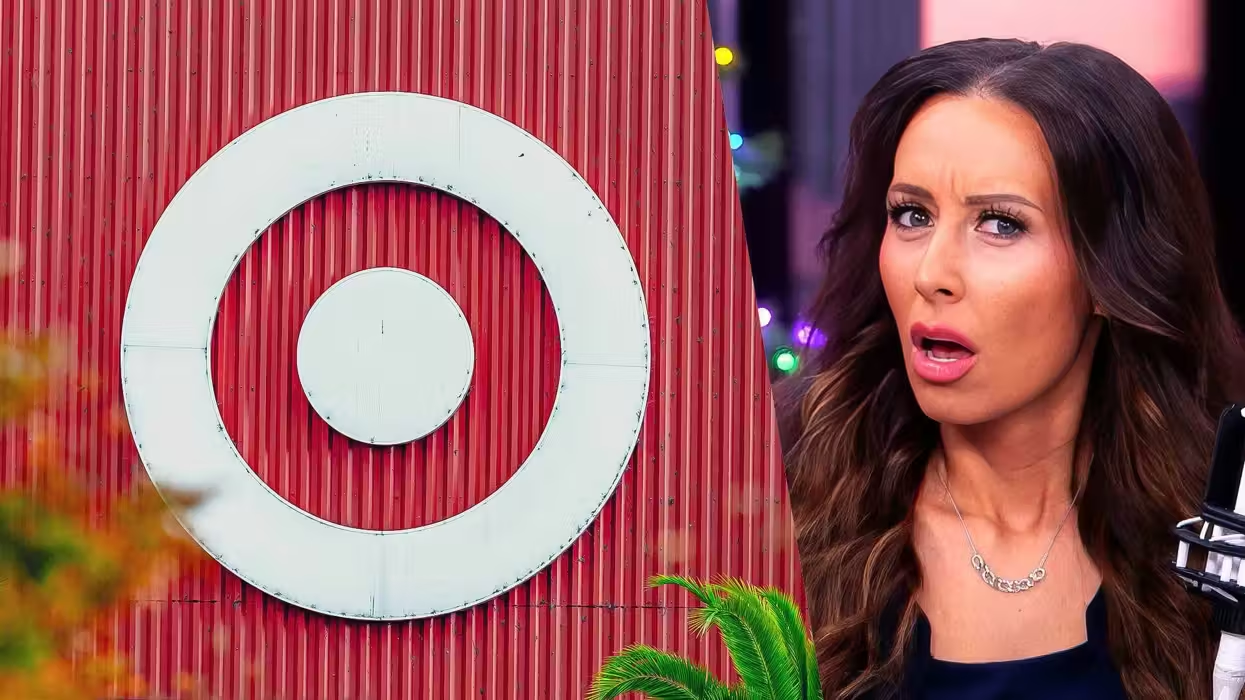
© 2025 Blaze Media LLC. All rights reserved.
What a 14-Year-Old With Her Own Lobster Business Pulled Up in a Trap Is Considered a 'One-in-2-Million Find
August 25, 2014
“It definitely stood out."
We've seen some oddly colored lobsters before, but few can top the shade this electric blue of one landed off the coast of Maine over the weekend.
Meghan LaPlante, a 14-year-old from Old Orchard Beach, was pulling up traps for her business set in Saco Bay when she spotted the crustacean of an unusual color, the Portland Press Herald reported.
 Image source: @13NewsNow/Twitter
Image source: @13NewsNow/Twitter
“It definitely stood out,” Jay LaPlante, the teen's father, told the newspaper.
Meghan, who has set traps for the last eight years with a student lobstering license under her business Miss Meghan Lobster Catch, told the Press Herald she named the lobster Skyler and is donating it to the Maine State Aquarium.
WCSH-TV reported that Skyler will join three other blue and one orange lobster on display at the aquarium.
Next year, Meghan will be able to apply for a commercial license that will allow her to set 300 traps, the Press Herald reported.
Watch the WCSH's feature about Meghan's business, which aired a couple of years ago:
The Lobster Institute at the University of Maine reports that scientists estimate only about one in every two million lobsters will have the defect to exhibit a blue color.
"The coloration comes from a genetic defect that causes the lobster to produce an excessive amount of a particular protein that gives the lobster that unique coloration," the institute said in a publication about rare lobsters released a couple of years ago. "They’re still lobsters, but they stand out because they’re different. And because that difference is rare and startling, among those who understand and appreciate the difference, they’re more valued!"
Even more rare than the blue lobster is the lobster that's red before its cooked. This only happens in about one in 10 million, according to the institute.
(H/T: USA Today)
—
Front page image via Shutterstock.
Want to leave a tip?
We answer to you. Help keep our content free of advertisers and big tech censorship by leaving a tip today.
Want to join the conversation?
Already a subscriber?
more stories
Sign up for the Blaze newsletter
By signing up, you agree to our Privacy Policy and Terms of Use, and agree to receive content that may sometimes include advertisements. You may opt out at any time.
Related Content
© 2025 Blaze Media LLC. All rights reserved.
Get the stories that matter most delivered directly to your inbox.
By signing up, you agree to our Privacy Policy and Terms of Use, and agree to receive content that may sometimes include advertisements. You may opt out at any time.






